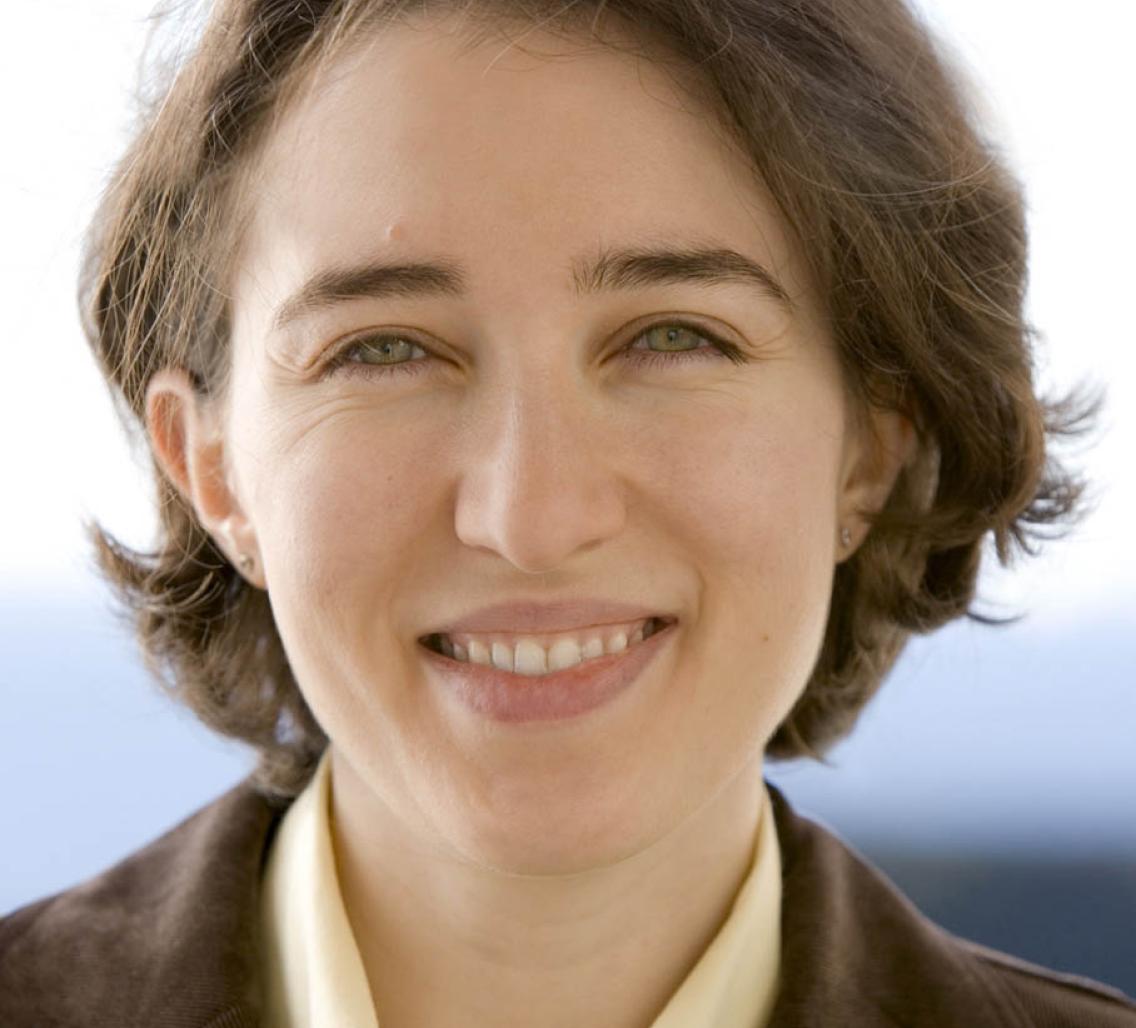Event Details:

How theory can be used to find principles of neural circuits and behavior
Tatyana Sharpee
Associate Professor
Computational Neurobiology Laboratory
Salk Institute
Stanford Neurosciences Institute Statistical and Computational Neuroscience Faculty Candidate
Abstract
Neural circuits are notorious for the complexity of their organization, and animal behavior is similarly diverse. I will discuss several different ways in which theory and statistics can contribute to organizing this complexity. First, I will discuss two theorems that together provide a framework that, in principle, makes it possible to quantify how useful a given sensory system is to an animal in the context of its motor repertoire. Second, I will describe how metabolic constraints drive specialization and diversification between neuronal cell types. This same theory can also be used to systematize our understanding of diversity within ion channels, neuropeptides, and other signaling molecules. Third, I will show how biological constraints added to large-scale models of neural circuits produce interpretable descriptions of mid-level sensory stimuli. These results reveal new organizing principles for feature selectivity in the secondary visual area V2 and drive new lines of experimental inquiry. Finally, I will discuss a tentative organizing principle for closing the loop between perception and action, and its early tests using C. elegans navigation.
Bio
Tatyana Sharpee received her PhD in theoretical physics from Michigan State University. After her PhD she started to work in computational neuroscience at UCSF as a Sloan-Swartz fellow. At UCSF, she worked on statistical methods for analyzing neural responses to natural stimuli and applied them to characterize feature selective of visual and auditory neurons. After UCSF, she started her independent research group at the Salk Institute for Biological Studies, where she is currently an Associate Professor in the Computational Neurobiology Laboratory. Dr. Sharpee is also Adjunct Associate Professor of Physics at the University of California, San Diego, supervising a number of graduate students in physics, neuroscience, and quantitative biology programs.